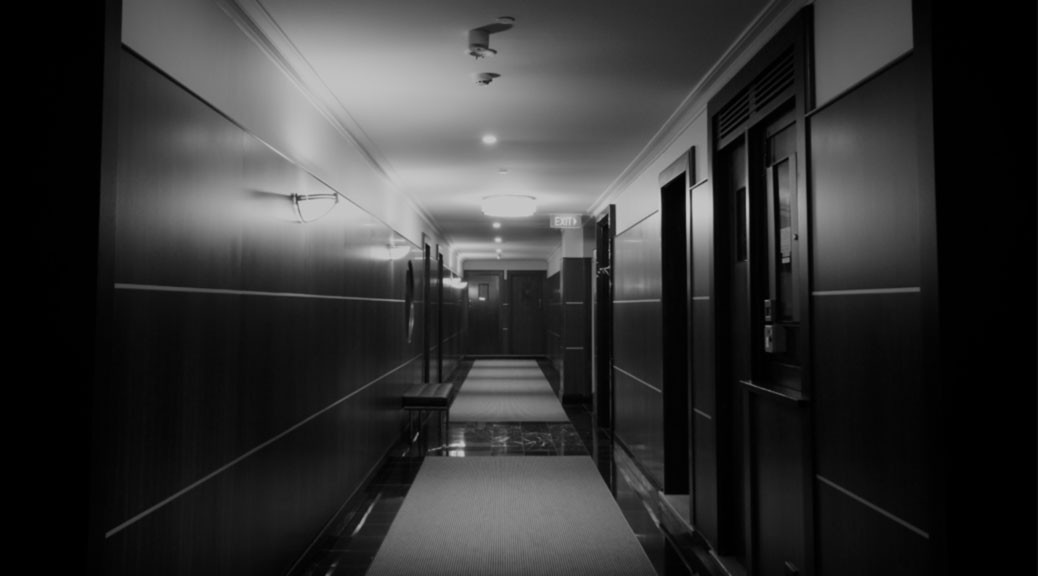Early Site History
The site of 20 Macleay Street is located on the western edge of the land grant made to the Colonial Secretary Alexander Macleay, on 19 October 1831. The grant extended over 54 acres (22 hectares) from the present Macleay Street to the shores of Elizabeth Bay. Although Macleay built the celebrated Elizabeth Bay House and established a garden that was to become famous for its botanical richness, his economic circumstances contracted, and he was forced to subdivide and sell part of his estate in 1841.
Further subdivision of the original Macleay grant took place in 1865, at which time the allotment on which 20 Macleay Street now stands would have been formed. A house named Exeter was constructed on the site, and was home to John Piper Mackenzie and his family during the 1870s, then was sub-let to Michael Metcalf, who became one of the first directors of the AMP Society. From 1888, it was home to Harold Maclean, comptroller-general of prisons, then from 1893 or 1894 was tenanted by a Miss Bendett, who used the premises as the Welford Private Hospital, which ran till the early twentieth century.
The house changed ownership several times before it was converted to flats in the early 1920s. Council records show two separate entities at 20 Macleay Street (‘Cranstoune’), and 20A Macleay Street (‘Dunmore’) owned by and sub-let from Adele Copeman, who owned several properties in the area, including ‘The Cairo’ at 81 Macleay Street. As the Great Depression took hold, she was forced to sequester her estate, and the properties were ultimately sold in 1936.
20 Macleay Street
On June 11 1936, William Raymond Laforest lodged a building application for the construction of a block of flats on the site, the present building. Following service as a gunner in WW1, Laforest became a property developer, and built blocks of flats throughout Elizabeth Bay and Potts Point during the 1930s. The drawings for No 20 were prepared by William Tarrant Broome. Although not registered as an architect, he nevertheless designed a relatively large number of residential flat blocks in North Sydney and Crows Nest in the late 1930s and early 1940s, along with the flats at 4 Macleay Street, and 7 Greenknowe Avenue, both circa 1938. The architect Emil Sodersten may well have had an influence on the distinctive appearance of 20 Macleay Street’s façade, as he used similar zig-zag windows in the 1936 City Mutual Life Building, at the corner of Bligh and Hunter Streets.
20 Macleay Street remained in the ownership of Laforest until the late 1940s. By 1948 it was owned by Henry Arthur Taylor, and, in the 1950s, was purchased by David Sebel. He amalgamated two apartments on Level 2, where he lived until his death with his wife, Bessie, and on Level 3, where one of his daughters, Tilley, lived with her husband. David’s brother also lived in another one of the apartments for some time, and the two brothers were later to build the Sebel Townhouse Hotel, a Potts Point landmark for many years. In 1958, the company of Twenty Macleay Street was incorporated under the Companies Act, with various members of the Sebel family owning the majority of shares.
